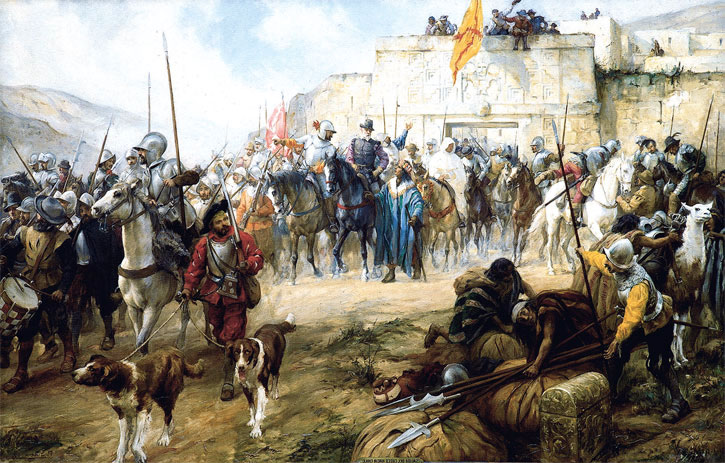Fashion Book Friday: Chinese Clothing by Hua Mei
This is my archive of fashion related books. Most of them are in English, but many are not. Some are new, but many are real finds. Depends on the topic, really...
I own several books on "Oriental" influence on Western clothing, but books from Asian countries seem much harder to come by. Chinese Clothing by Hua Mei, published by Chinese Intercontinental Press and Cambridge University Press, as part of Introductions to Chinese Culture, is a rare exeption. A slim volume (a tad over 160 pages), it still manages to pack quite a lot on content, as the chapters are: Ancient Clothing, Clothes and Hierarchy, Silk, the Silk Road and the Art of Embroidery, Regional/Folk Clothing and Modern Dress.
In order to achieve this, the style is very concise and methodical, there are lots of charts and graphs (on the left, a chart to explain the art of Tang-era make up). They explain the evolution of pieces of clothing, make up styles, hierarchical badges etc. All in all, it manages to cover well over two thousand years, at least from the Warring States period to the present day (a helpful chart at the back of the book helps to identify each period in Chinese history), each chapter is concise and clear, illustrations for historical garments, such as the queen from the Five Dynasties Period (10th century) below, are mostly taken from Lady Garments and Adornments of Chinese Past Dynasties by Zhou Xun and Gao Chunming. (This book was edited in the 80s in several occidental languages, and is absolutely brilliant as a source on historical Chinese clothing, with great attention to detail and many different, visual and literary sources. It is also practically impossible to find, I managed to consult it once in a university library. But, Chinese Clothing picks up quite a
bit of its content and makes it easily accessible). There is also a short chapter on the Cheong-sam - the "Chinese Dress" on the cover, which, contrary to an opinion currently popular on the internet, is not a "traditional" garment, but rather a fashion style from the 1920s and 30s that fusioned Chinese and Western elements (and has since become a classic).
A lenghty chapter is dedicated to hierarchies, that is, how clothing reflects social structures, and includes court, military and state functionaries´ dress. The unspoken idea behind this is that "fashion" is also reflective of society as a whole, of the underlying order and structures, which contradicts the popularWestern concept that "fashion" is first and foremost change and things like uniforms are outside of it by definition (But... what do we do if uniforms become "fashionable" or when designers create uniforms? Tricky, tricky...)
The chapter of Folk clothes is dedicated mainly to clothing and jewelry worn by numerous minorities in Chinese, and another chapter looks at the importance of the silk trade and the development of the art of embroidery (below is an example of Miao - an ethnic minority in Southern China - embroidery, which the authors consider an example of "a sense of primitive simplicity". Huh. I guess we have different ideas about "simplicity" then)
All in all, this little book will probably not be enough if you, say, want to write a book on Ancient China , but if you need a concise overview or introduction, it probably can´t be beaten. However, if you can get your hands on Lady Garments... , definitely do, it´s superb.






No comments:
Post a Comment